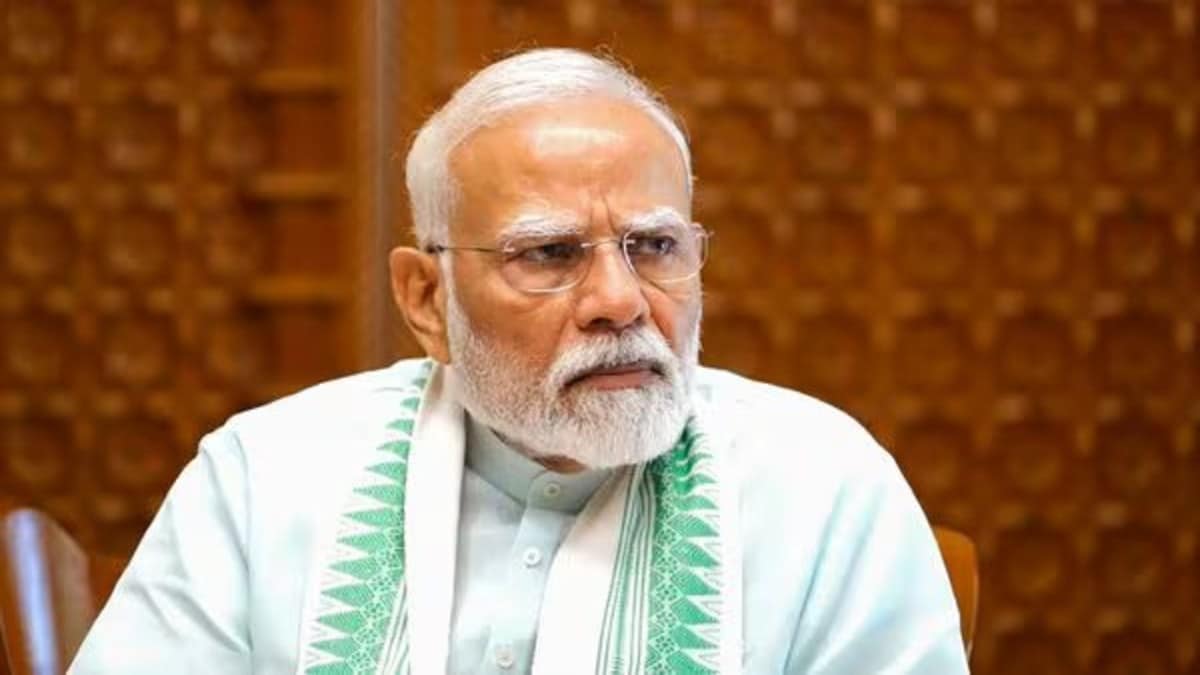

Prime Minister Narendra Modi's tenure, now spanning 11 years, has been marked by a series of bold and often disruptive policy initiatives aimed at transforming India's economy and society. While many of these policies have been lauded for their ambition and potential, they have also faced significant criticism and controversy. Examining the "other side" of these policies reveals a complex picture of intended outcomes versus actual impacts.
One of the most talked-about initiatives was the demonetization of 2016. On November 8th, 2016, the government declared 500 and 1,000 rupee notes invalid overnight, removing 86% of the currency in circulation with the stated goals of curbing black money, counterfeit currency, and terrorism financing. While the move aimed to promote a cashless economy and formalize the financial system, it caused immense disruption. The poor and lower middle class, heavily reliant on cash for daily transactions, were particularly affected. The informal sector, a significant contributor to India's GDP, came to a virtual standstill. Millions of people spent hours in queues to exchange old notes, and many businesses suffered significant losses. While digital payments did increase, the initial disruption hampered economic growth, with some estimates suggesting a loss of 3 lakh crore rupees in national income. Ultimately, over 99% of the demonetized currency was deposited back into banks, casting doubt on the policy's effectiveness in curbing black money. A special report by the Indian Statistical Institute (ISI), Kolkata, found out that the circulation of counterfeit currency was about Rs. 400 crore i.e. a mere 0.022%, of the total notes in circulation.
The Citizenship Amendment Act (CAA), passed in 2019 and implemented in March 2024, is another policy that has triggered widespread protests and criticism. The CAA offers a path to Indian citizenship for religious minorities (excluding Muslims) who have fled persecution from Pakistan, Bangladesh, and Afghanistan and arrived in India before December 31, 2014. The government defends the CAA as a humanitarian measure to protect persecuted minorities. However, critics argue that it violates India's secular constitution by introducing a religious criterion for citizenship. Many fear that the CAA, coupled with a National Register of Citizens (NRC), could be used to disenfranchise Muslim citizens. The United Nations Human Rights Commission has called the CAA "fundamentally discriminatory," and human rights groups like Amnesty International have criticized it as a "bigoted law." The law has sparked protests across India, with violence erupting in several cities, raising concerns about its impact on social cohesion.
In 2020, the Modi government introduced three farm laws aimed at reforming the agricultural sector. The government argued that these laws would modernize Indian farming by allowing farmers to sell their produce directly to private players, promoting contract farming, and removing restrictions on the storage of agricultural commodities. However, farmers feared that the laws would weaken the existing system of government-controlled wholesale markets and minimum support prices, leaving them vulnerable to exploitation by corporations. These concerns led to a year-long protest by farmers, primarily from Punjab and Haryana, who camped on the borders of Delhi. The protests were the biggest challenge faced by the Modi government until that point, and after several rounds of failed negotiations, the government repealed the laws in November 2021. Experts suggested that upcoming elections in key states with large farmer populations played a significant role in the decision to repeal the laws. While the government framed the repeal as a gesture of goodwill, it highlighted the challenges of implementing significant reforms without building consensus and addressing the concerns of all stakeholders.
Despite these controversies, Modi's government has also implemented several successful welfare policies. The Pradhan Mantri Kisan Samman Nidhi (PM-KISAN) scheme, disbursing ₹3.68 lakh crore to 11 crore farmers, has bolstered agricultural livelihoods. The Swachh Bharat Mission has made villages open defecation-free, improving sanitation and dignity. Ayushman Bharat has offered free healthcare to millions, easing financial burdens. The Pradhan Mantri Awas Yojana (PMAY) has provided over 4 crore pucca houses, ensuring dignified living for rural families. The Ujjwala Yojana has delivered clean cooking fuel to 10 crore households, reducing health risks from smoke. The Jal Jeevan Mission has brought piped water to millions, improving health. Financial inclusion via the Jan Dhan Yojana has integrated over 53 crore people into the banking system. Also, India has surged to become the world's 4th largest economy under PM Modi.
In conclusion, Prime Minister Modi's 11 years in office have been marked by a mix of ambitious reforms and significant controversies. While some policies like demonetization and the farm laws have faced strong opposition and yielded mixed results, others like the CAA continue to be contentious. Simultaneously, the government has made strides in social welfare and infrastructure development. A balanced assessment of this period requires acknowledging both the successes and the failures, and understanding the complex interplay of intended outcomes, unintended consequences, and political considerations.